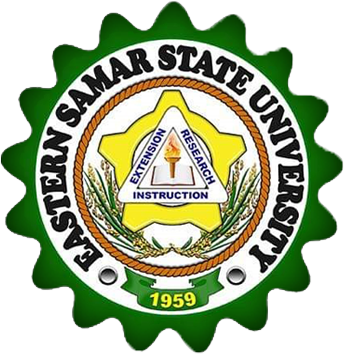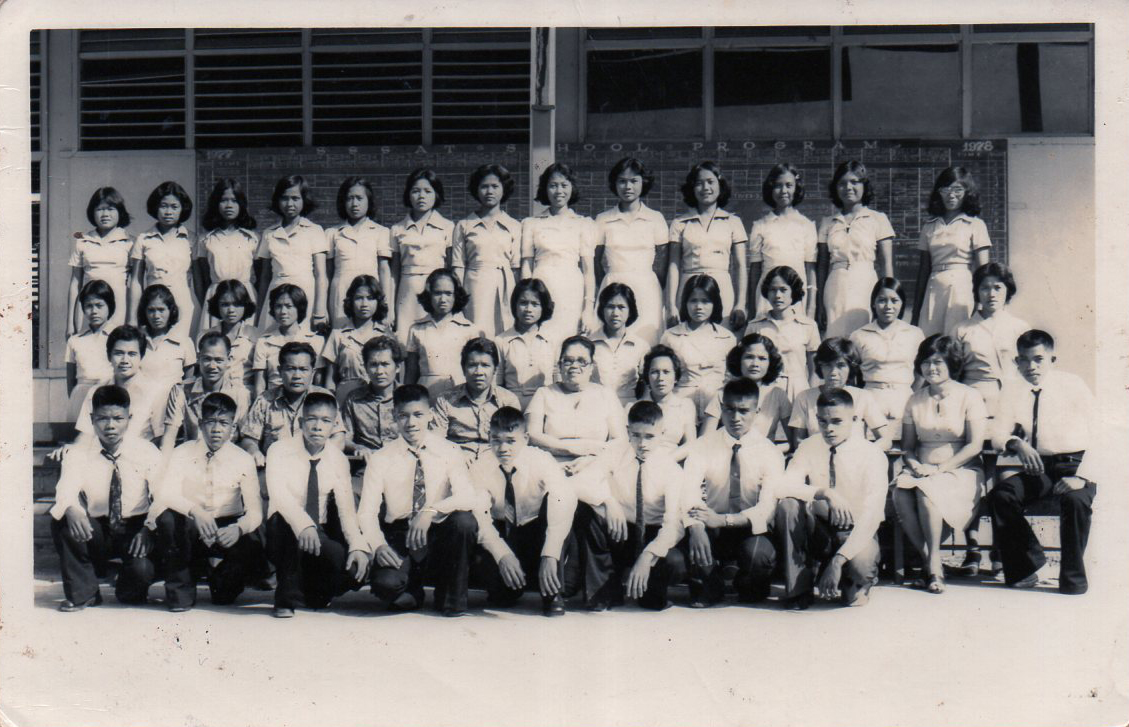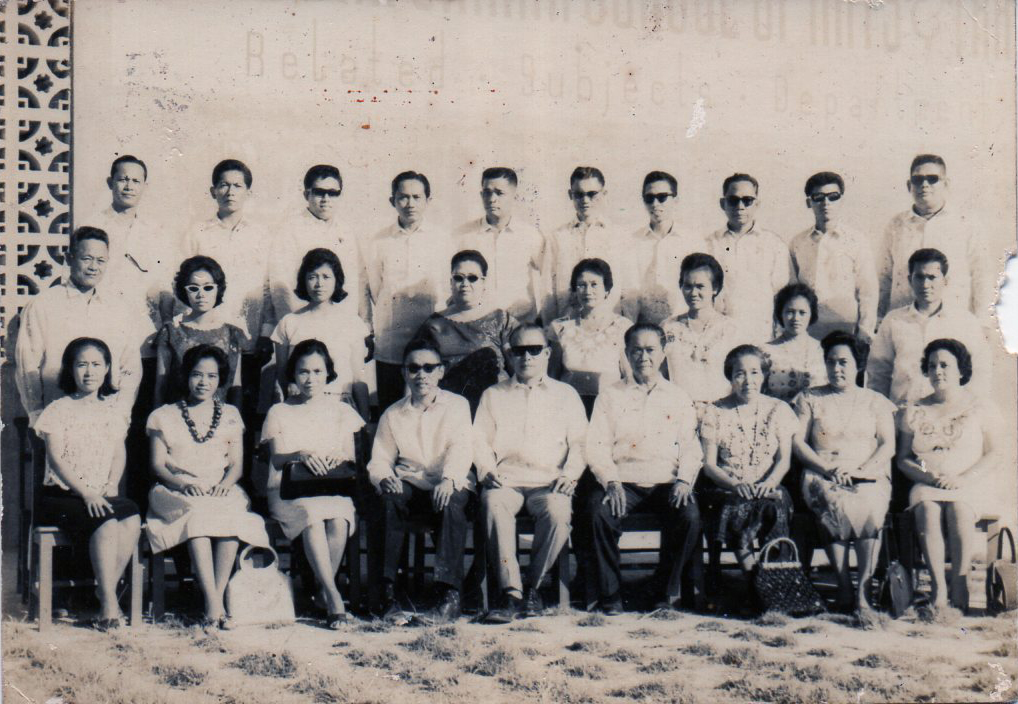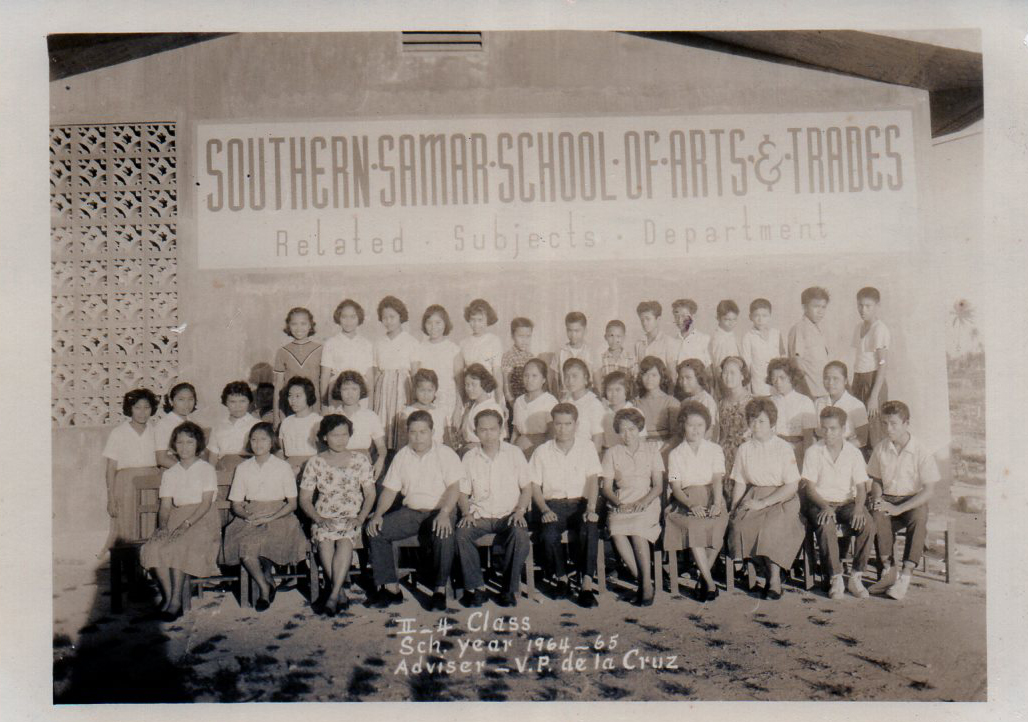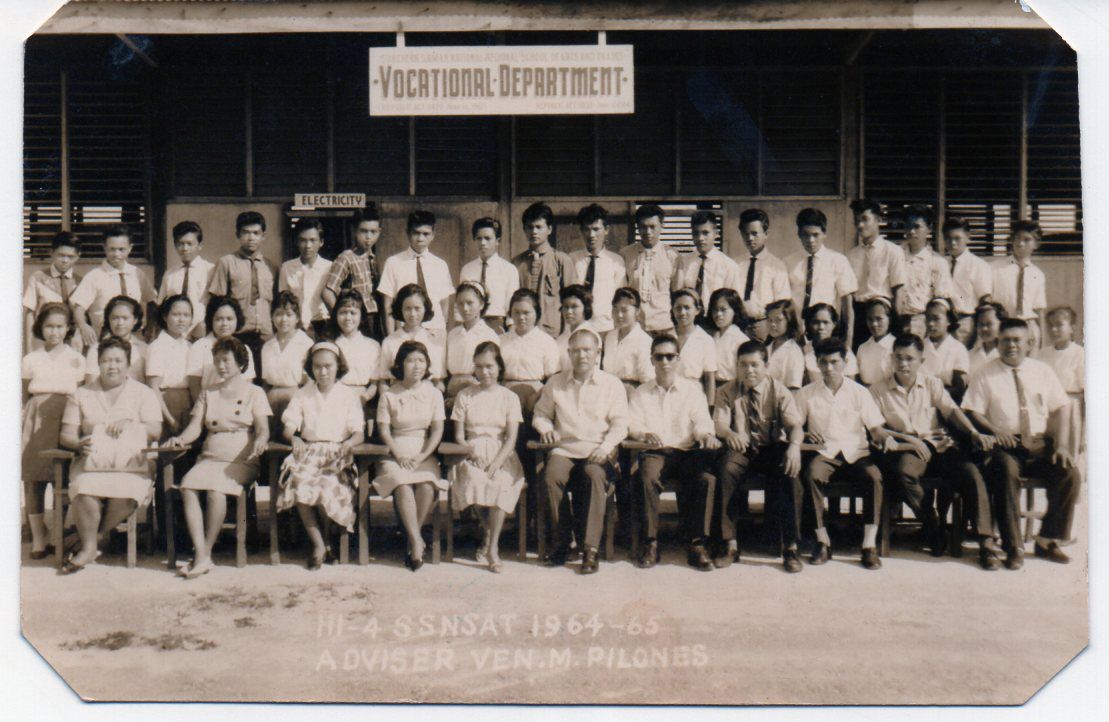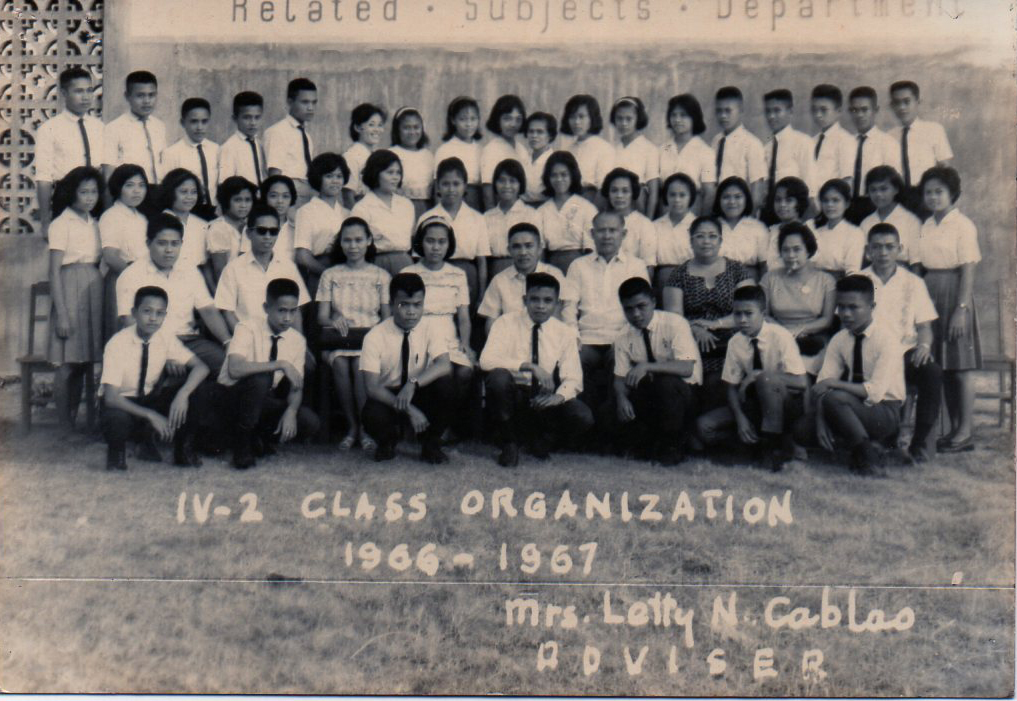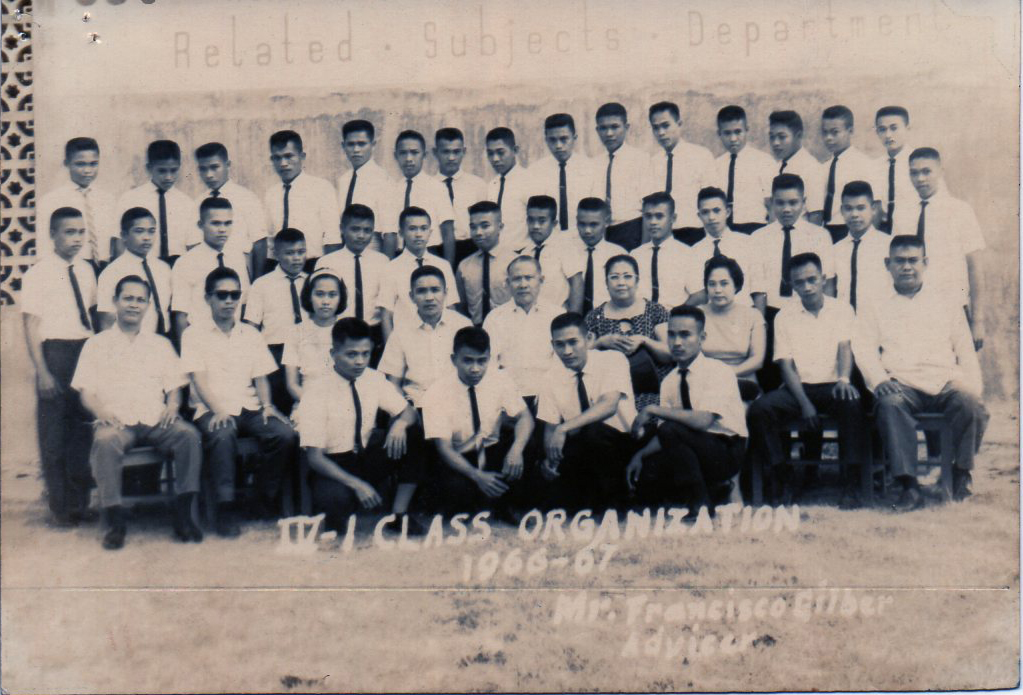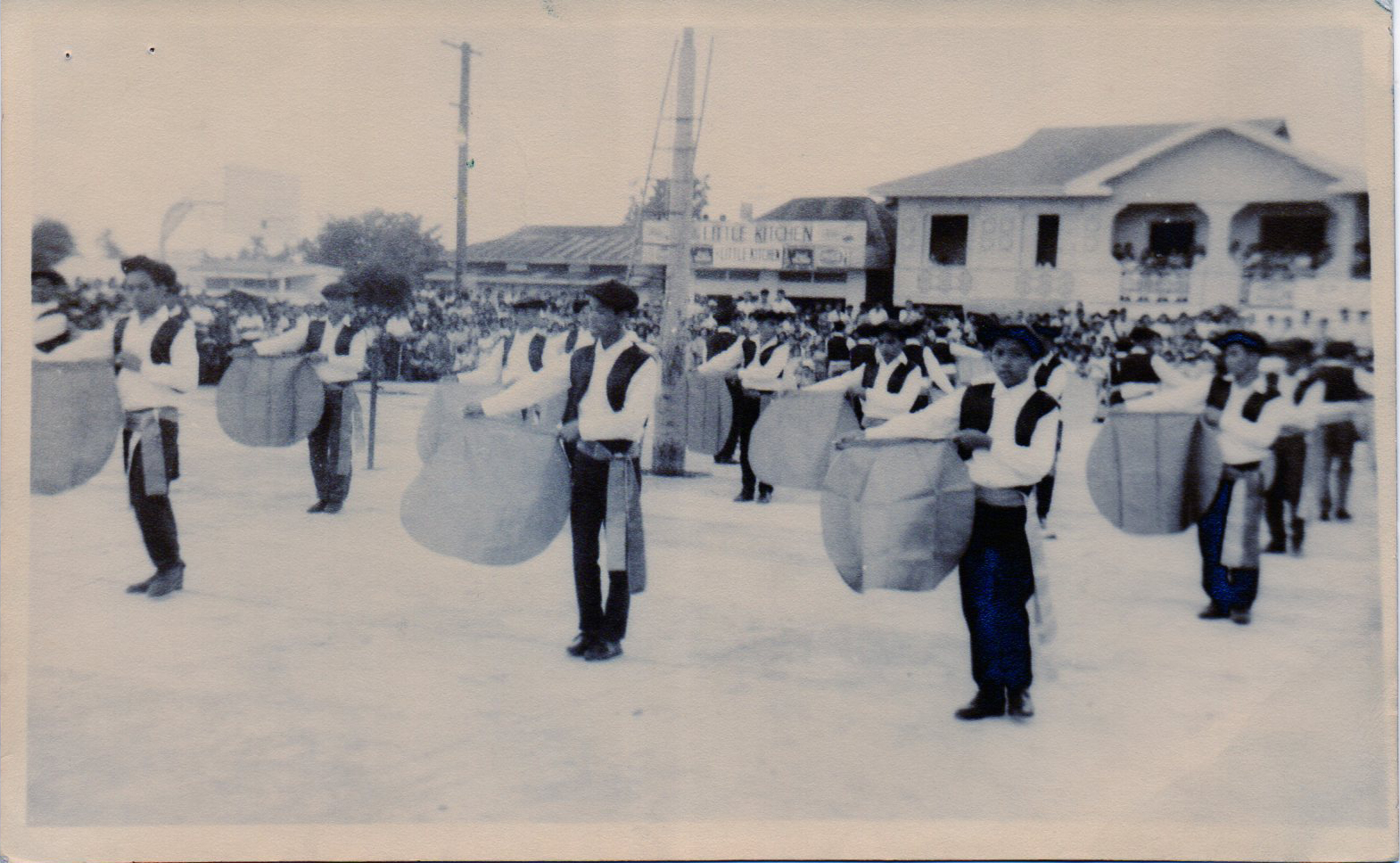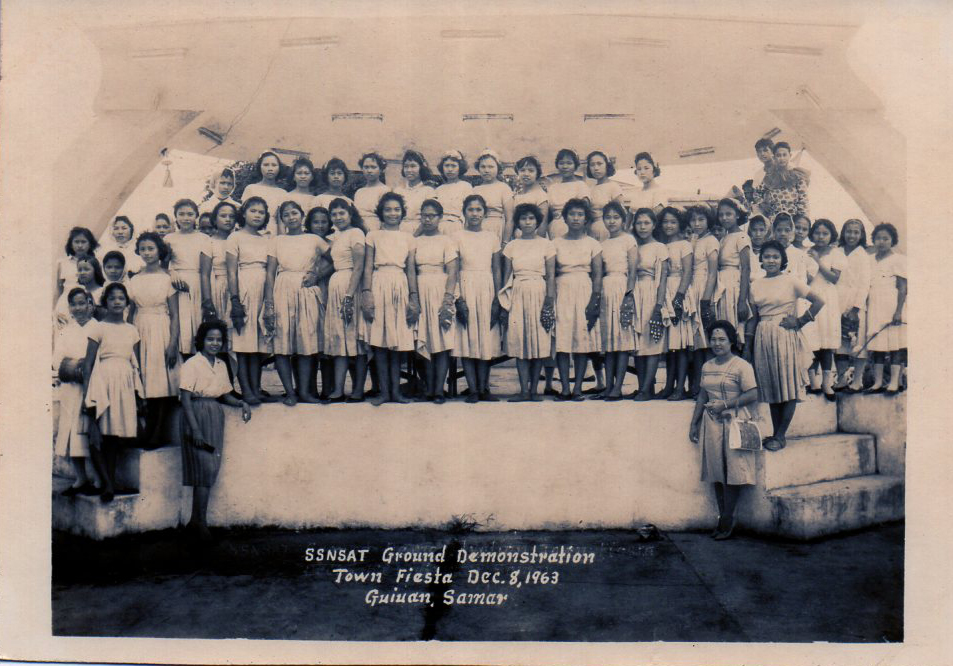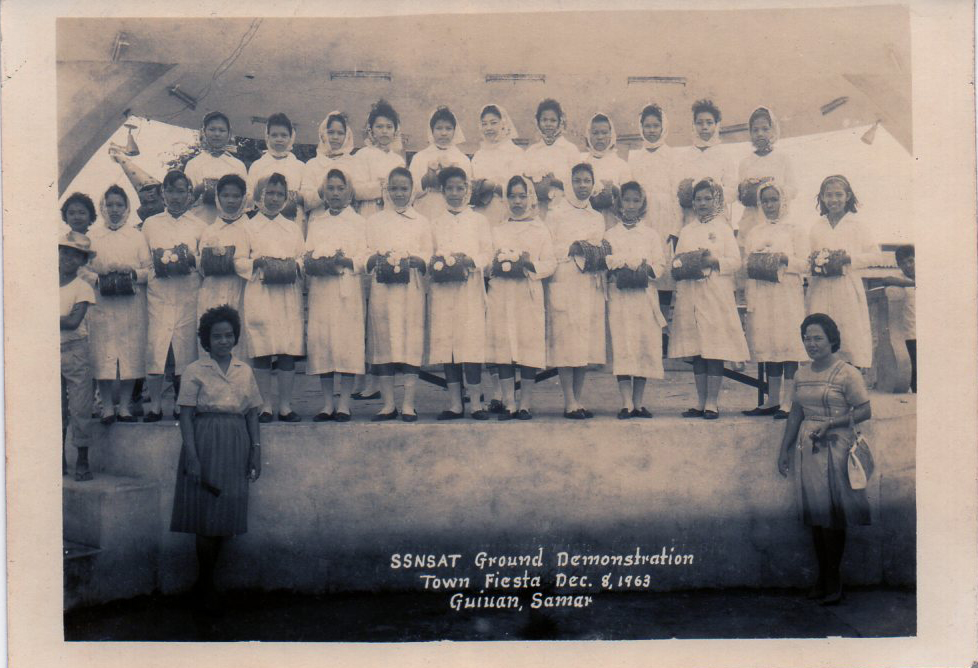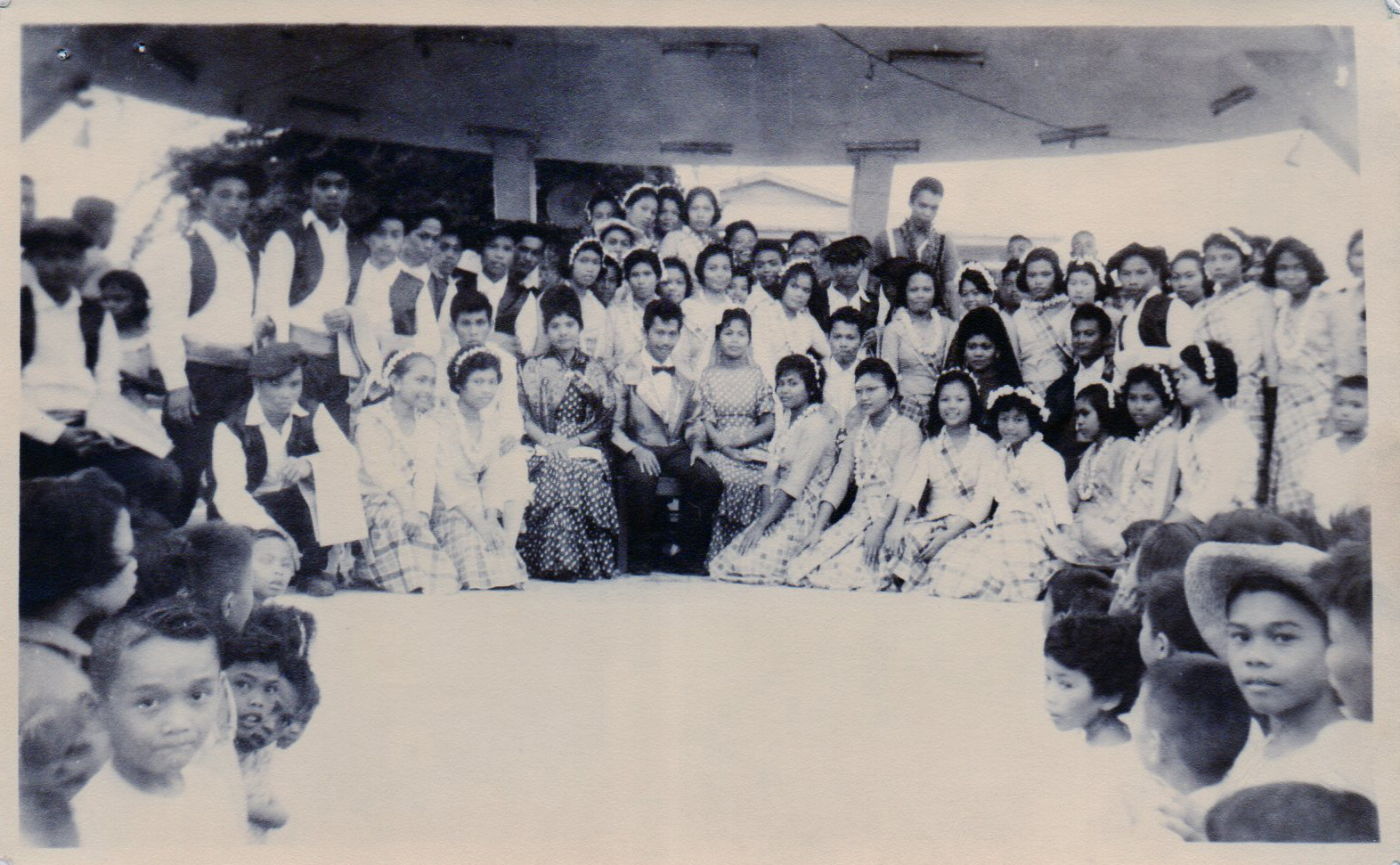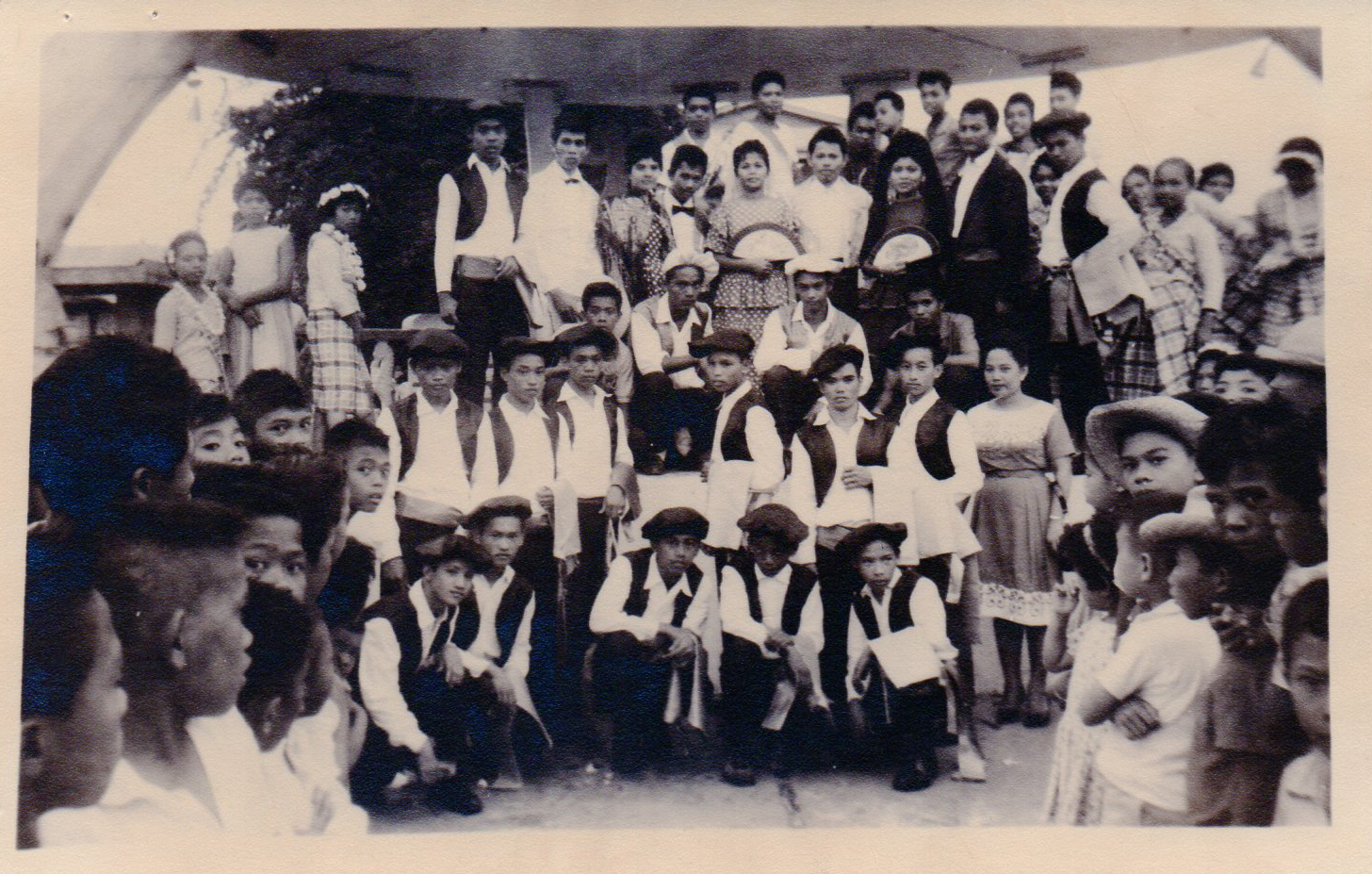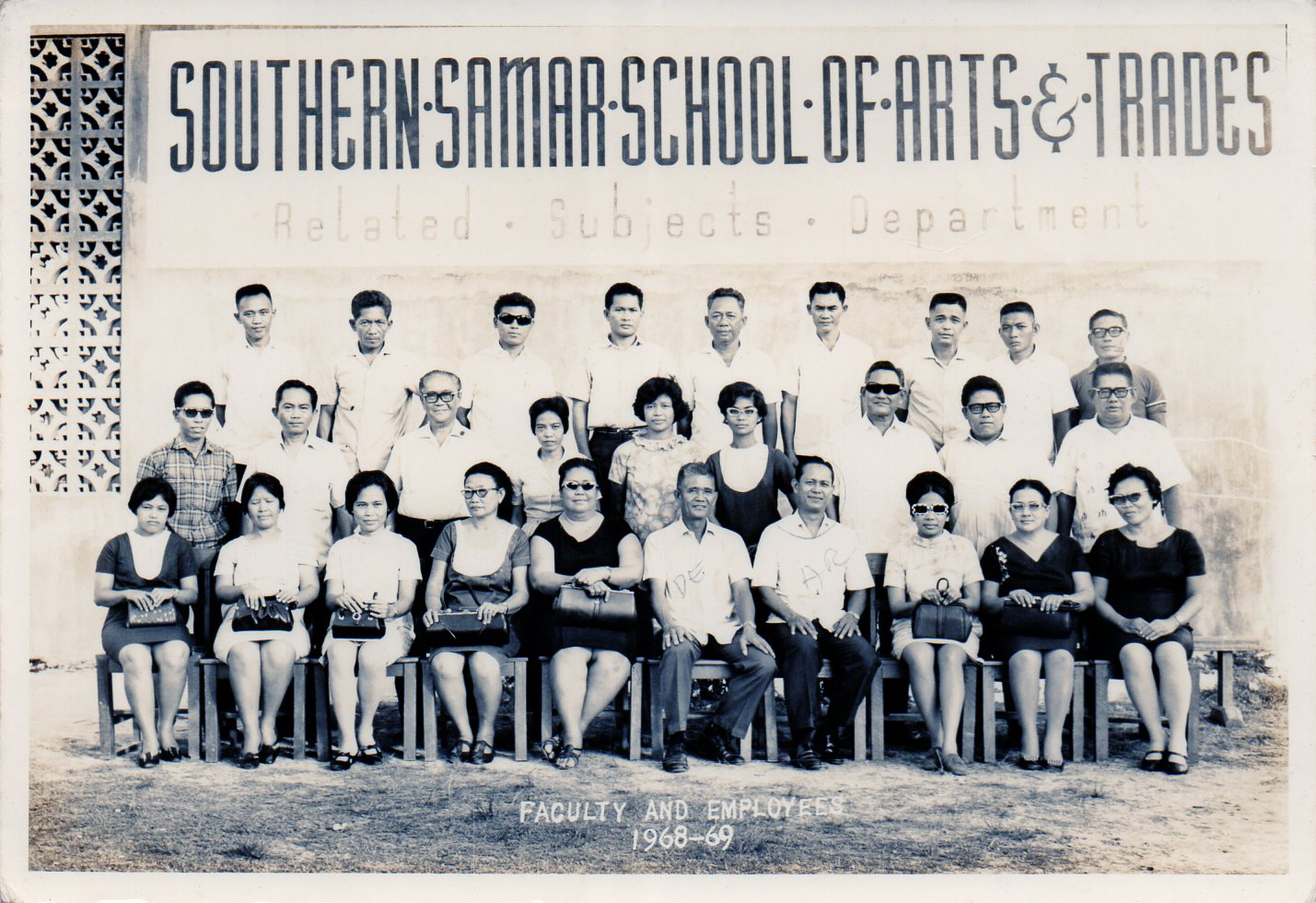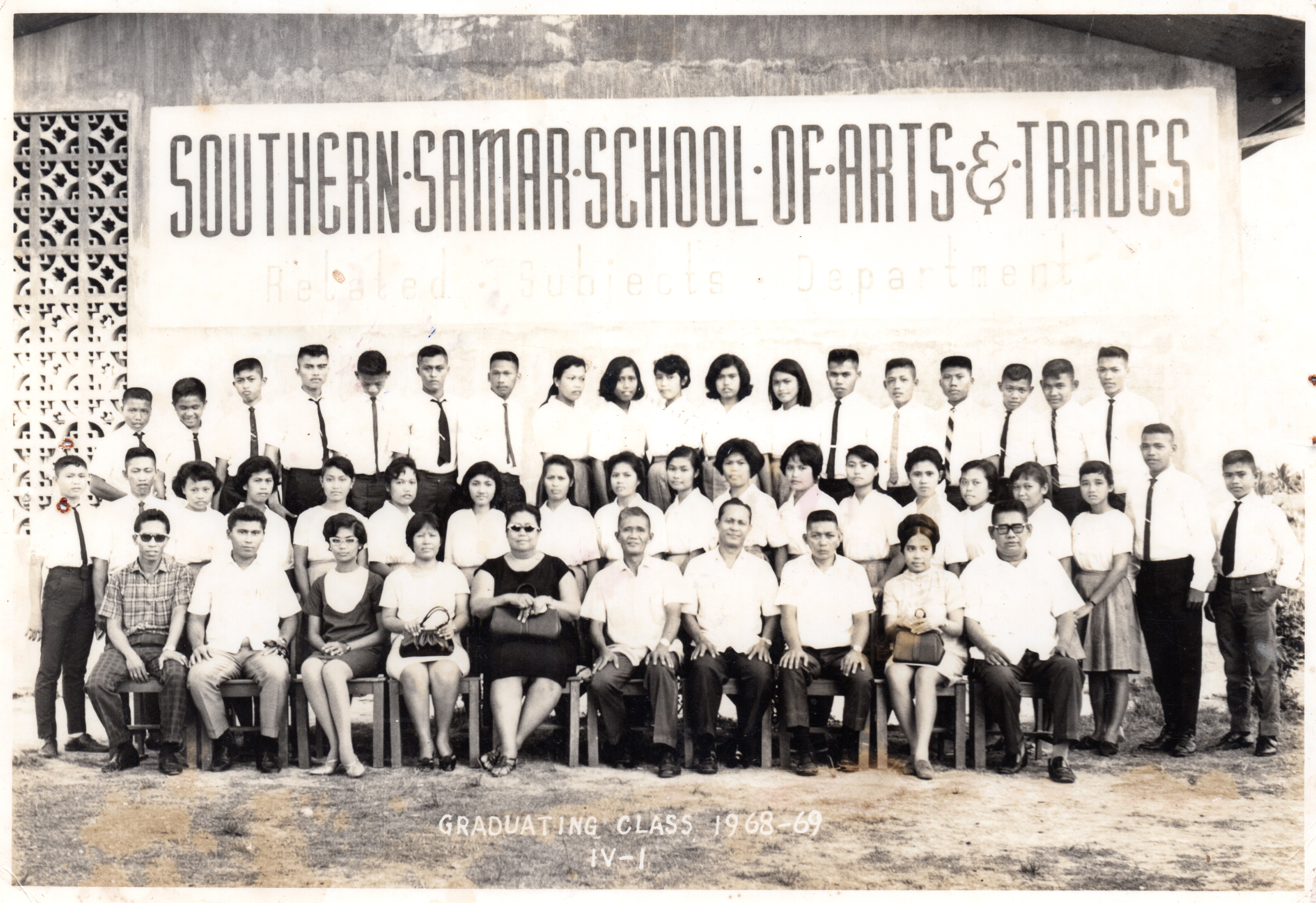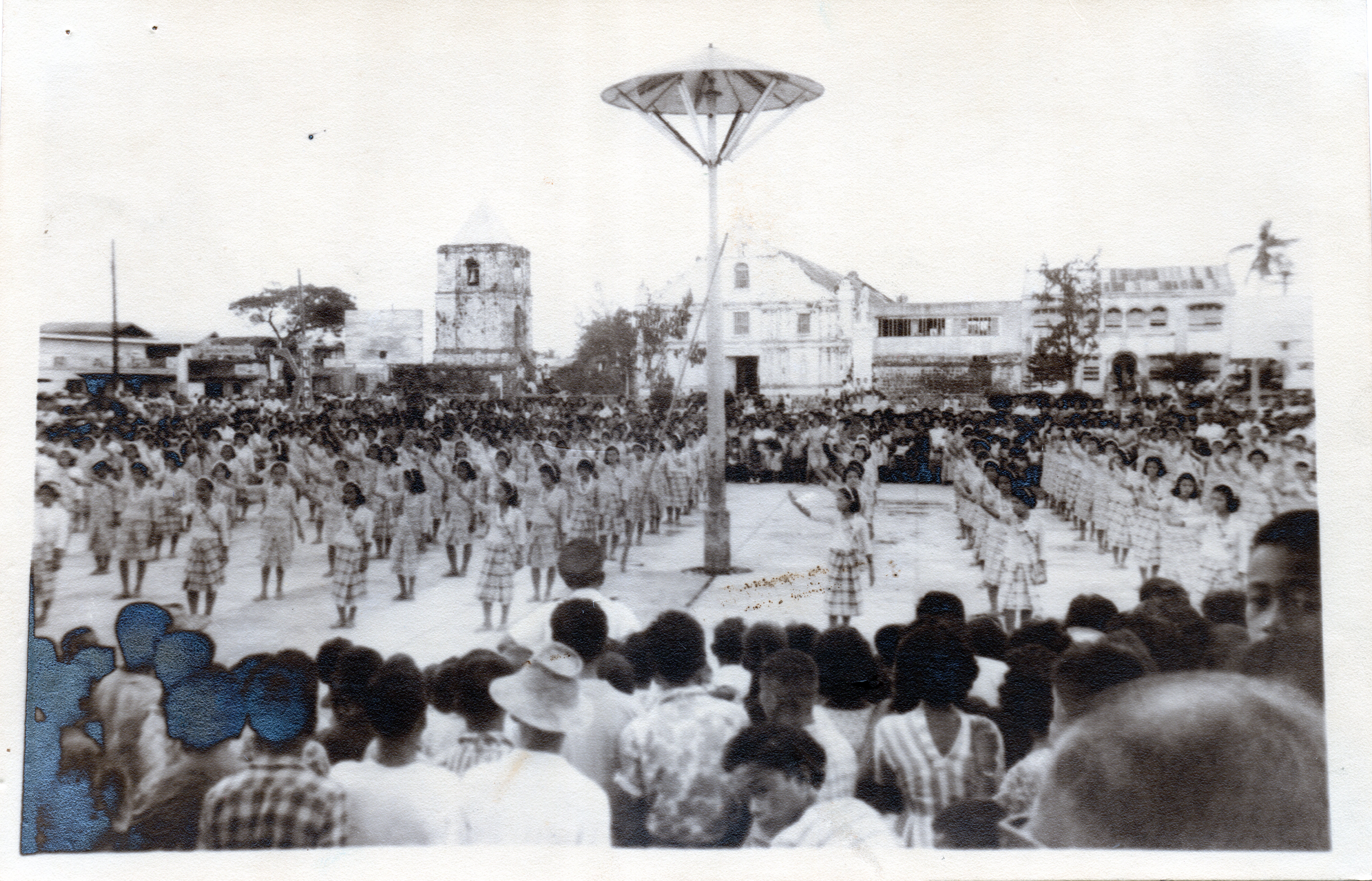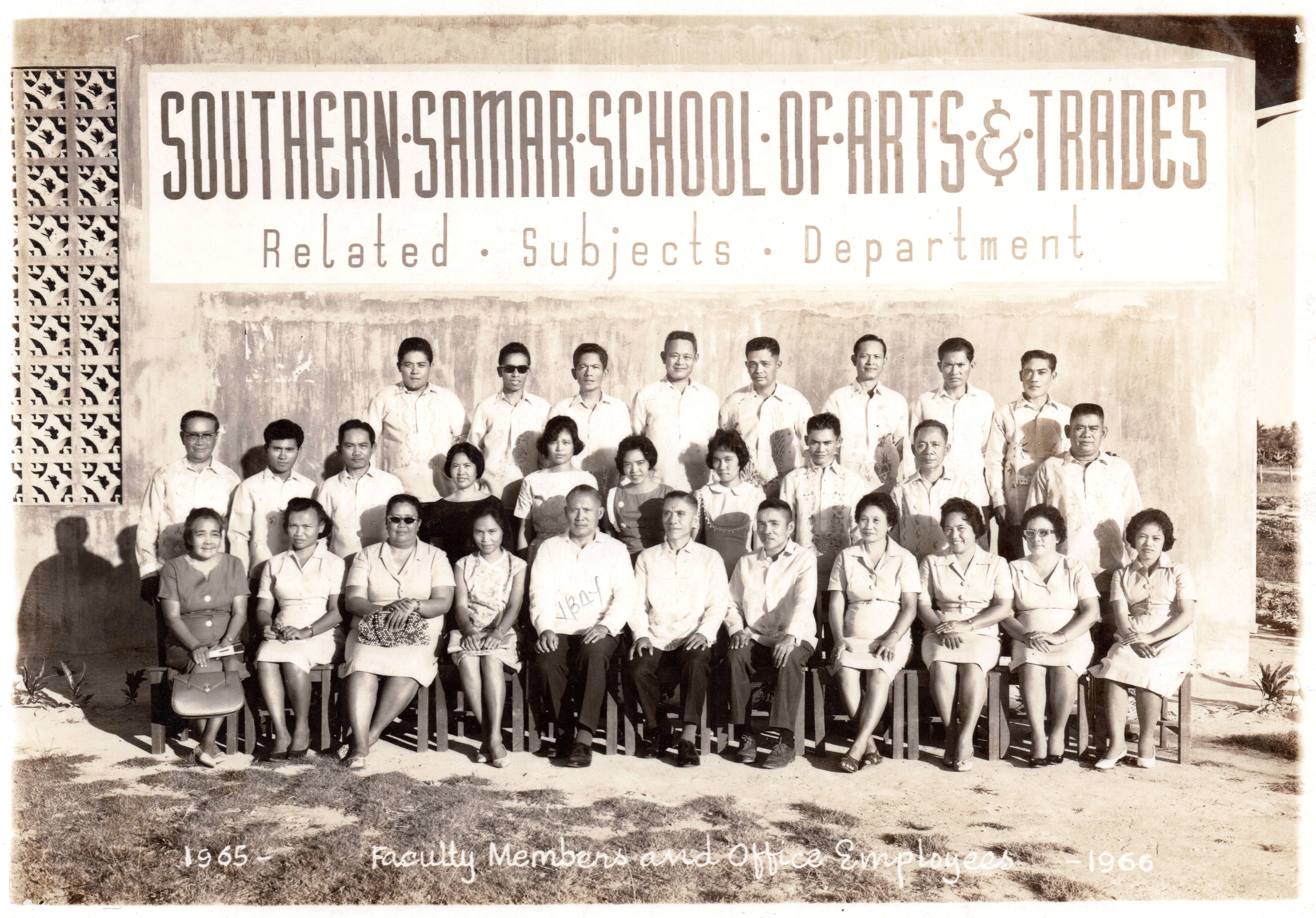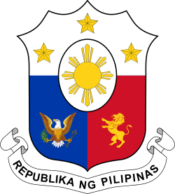Brief History of ESSU-Guiuan
The Southern Samar School of Arts and Trades (SSSAT) now, Eastern Samar State University Guiuan Campus (ESSU GUIUAN), was originally the Southern Samar National School of Arts and Trades (SSNSAT) created by the virtue of R.A. 3409 date June 18, 1961 by the late congressman Felipe J. Abrigo. It was Zoilo L. Tarona of Cebu School of Arts and Trades and Pablo Rodriguez of Samar School of Arts and Trade who organized the Trade School in Guiuan Eastern Samar.
On September 3, 1962, classes were formally organized under the supervision of Mr. Pablo Rodriguez as the first Principal. Classes were held in five (5) rented residential houses at the downtown of Guiuan. The school started with meager budget taken from the savings of five (5) vocational schools in the Province of Samar namely: Sumoroy Agro-Industrial School, Gala Vocational School, Laong National Trade School, Samar School of Arts and Trades and Tiburcio Tancinco Memorial Vocational School. Blackboards, chairs, apparatuses and equipment were non-existent that teachers and students had to bring their own or borrow from their relatives. The Principal ably assisted by ten staff overcame the mountain of difficulties though sheer initiative, resourcefulness and diligence. Moreover, the public was at all times very cooperative.
In June 1963, as Mr. Pablo Rodriguez was transferred to Sumoroy Agro-School Palapag, Norhter Samar his hometown, Mr Rodolfo O. Ibay assumed into office as second Principal. In 1966, he school its first batch of 148 High School graduates of different trade specialization. Mr. Rodolfo O. Ibay had the opportunity to nourish the growth of the school within four (4) years until his promotion as the General Office Supervisor at the Bureau of Vocational Education in 1967. One of which, under the Colombo Plan Exchange Program, two (2) shop teachers were sent for training in their respective field of specialization, they were sent for intensive training to Australia and New Zealand. In return, the school became a recipient of Colombo tools under this exchange program. It was also to his credit that the school had acquired and transferred to its present ten hectare site before his earned promotion. Under his administration the school’s name changed to from SSNSAT to Southern Samar National Regional School of Arts and Trades (SSNRSAT) through R.A. No. 3859 on June 12, 1964.
He was succeded by Mr. Pedro de Ocampo as 3rd Principal. During Mr. de Ocampo’s administration the school was granted to offer Two-year Trade Technical Education Course. Operation of the two-year post secondary courses had started in 1967.
The School continued to grow under the cumulative efforts of the three (3) administrators in succession, time had come to realize that the school had to be headed by a Superintendent. The position for National Arts and Trades School Superintendent was created by the Budget Commission; mr. Rodolfo O. Ibay came back to school and then appointed as the first Superintendent of the school. In 1972, the school offered additional trade especialization in Drafting and Radio Mechanics and was followed the approval to offer degre program in Industrial Technology in BVE Circular No. 12, s 1974.
On May 16, 1975 Supt. Jausan L. Tahil assume into office as 2nd Superintedent when Supt. Ibay transferred to Sorsogon School of Arts and Trades. During his time, he succeeded in obtaining authority to offer four-year degree programs leading to the degrees of BSIE and BSIT with the approval of secretary of Education Juan Manuel in an endorsement dated September 5, 1975. it was during his administration the school’s name was changed to Felipe Abrigo National Memorial School of Arts and Trades. in honor of the man for its establishment though B.P. No. 147 on February 8, 1982. Supt. Doroteo A. Arceño assumed into office as the 3rd Superintendent and succeeded by Supt. Zosimo J. Devora in 1988.
Enrique D. Daganta was desguised as Officer-In Charge of the School. It was during his administration that the school’s name change from FANMSAT to Felipe Abrigo National Memorial College of Arts and Trades (FANMCAT) through R.A. 7502 approved on May 18, 1992. He was succeeded by Jose S. Princillo and later, by Mr. Salvador C. Flores and Martha I. Vallestero.
On September 29, 1999, FANMCAT a CHED supervised institution was integrated into Eastern Samar State College of Borongan E. Samar provided through R.A. 7722, R.A. 8292, and R.A. 8745. Supt. Clemente C. Cablao was designatd as 5th Superintendent and later follwed by Euthropia S. Pimentel as College Administrator.
On August 7, 2004 ESSC was converted into a state university through R.A. 9312 to be known as Eastern Samar State University, the ESSC Guiuan was named as Eastern Samar State University Guiuan Campus. Under the administration of Euthropia S. Pimentel the campus offered Bavhelor of Science in Civil Engineering, Bachelor of Secondary Education, Bachelor of Elementary Education, Bachelor of Technology, Bachelor of Science in Hotel, Resort and Restaurant Management, Bachelor of Science in Tourism.
Upon Dr. Pimentel’s retirement October 1996, Dr. Tirso A. Morante assumed into office as designated College Administrator. Under the leadership of Dr. Morante the college submits for AACCUP Accrditation, and now enjoying the Level I accredited status according to the evaluation of the Accrediting Agencies for Chartered Colleges and Universities of the Philippines (AACCUP) and is working to attain the Level II status by 2013. There were also several infrastracture projects that were put up to improve the physical facilities of the Campus. Some of these projects include the following: New BHRRM Building, Engineering Laboratory, Eco-Park, the Rotunda Landmark, concreting of roads, renovation of Multi-Purpose Hall and the Campus Library.
The quality of instruction the a university offers cannot rise above the quality of its teachers.The ESSU GUIUAN maintains a highly qualified and competent faculty to give quality instruction to students. In order to achieve this, there is a continuous upgrading of its faculty. The campus has a strong faculty development program that encourages teachers to pursue masteral and doctorate degrees. Aside from seminars and workshops conducted by the University, faculty members nd administrative personnel are also sent to regional trainings. At present, The University has 50 strong and able faculty members.
Remarkable development is likewise undertaken in the field of information technology. Recently the Library staff initiated the development of ESSU GUIUAN Webpage and also had inititated nor had taken lead in spearheading library automation in ESSU Campuses, the Library was the recipient of KOHA Integrated System from The National Library of the Philippines, which simplifies library processess to facilitate efficient and effective library management.
Realizing that linkagesand collaborations are important, ESSU GUIUAN is establishing more connection inside and out of the country. Recenetly, Dr. Morante with the Director of Academic Services during his leadership had attended the International Leadership Training/Seminar on “Creating World Class Universities: Transforming Educational Institution” last March, 2011 in Penang, Malaysia.
ESSU GUIUAN has also produced alumni distinguished in their respected fields. Some of them work in the supervisory level in different private and public institutions, notable companies.
Today as ESSU GUIUAN celebrates its 50th Founding anniversary, promises to continue its legacy in providing technical knowledge and skills necessary in equipping its graduates to be more productive citizen in the country.
Sources:
1. http://elibrary.gov.ph/republicacts.php
2. Vallestero, Martha.”Brief History of FANMCAT”. The College Tridian vol.2.no.3 (1992): p.16 and 20. Print.
3. Sabio, Andres M. “FAMSAT: Its development in two decades”. The FAMSAT Journal vol.1.no2(June-October 1985): p.17-p.22. Print.

